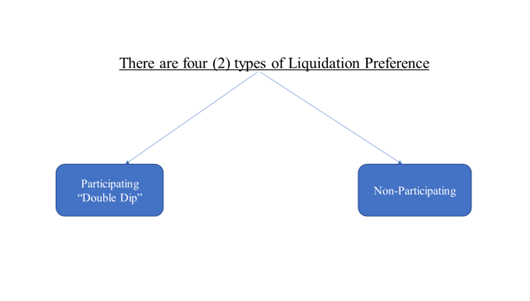

Preferred investors get $1 million off the top plus another $250,000 (cap does not go into effect).Outcome #4: Participating 1.0x Liquidation Pref.


Capped participation indicates that the investor will share in the liquidation proceeds on a pro-rata basis until total proceeds reach a certain multiple of the original investment.Commonly referred to as “capped participating preferred”.In this structure, investors first receive their liquidation preference and then share in the remaining proceeds on a pro-rata basis (i.e.Commonly referred to as “participating preferred”, “full participating preferred”, or “participating preferred with no cap”.Will involve a multiple such as 1.0x or 2.0x.Liquidation Preference = Investment * Liquidation Pref.Commonly referred to as “straight preferred”.The two most common types in venture capital (VC) are: The order of liquidation and priority are some of the most important terms to look out for in a VC term sheet, as they significantly impact returns and how the capitalization table is modeled. (or) Converting into common shares and receiving their percentage ownership as their return.Receiving their preferred return as originally stated.The investor is provided with the option, in a liquidity event, of either: In effect, the downside risk of preferred investors is protected. A Liquidation Preference represents the amount the company must pay to the preferred investors at the exit, after secured debt and trade creditors.Ī liquidation preference represents the amount the company must pay at exit (after secured debt, trade creditors, and other company obligations) to the preferred investors. Liquidation preference is a clause that states the order of payment from the realization of assets if the entity loses its corporate status and becomes.


 0 kommentar(er)
0 kommentar(er)
